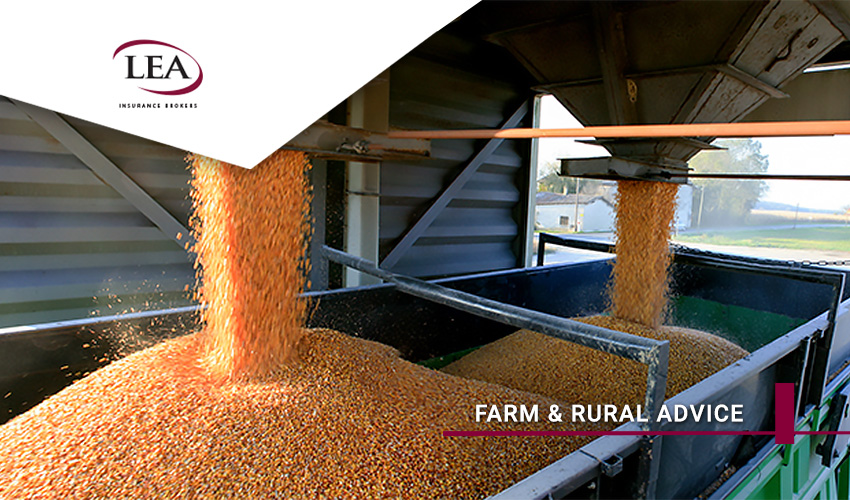
Will You Benefit From the Global Demand for Coarse Grains?
Coarse grains are having their moment in the sun, with global demand lifting prices this financial year.
These are cereal grains – other than wheat and rice – usually used for animal feed or brewing. According to the Organisation for Co-operation and Economic Development, each country has a different classification of coarse grains. They may include barley, oats, and sorghum, but rarely rye and triticale. In Australia, the main coarse grains are barley, sorghum, oats, maize, millets, and triticale.
Why coarse grain prices are rising
World production and stocks of barley and sorghum overall are lower due to drought and smaller plantings in other growing nations. China is also seeking barley from other markets, having imposed an 80.5% import tariff on Australian grain since May 2020. Australia has complained to the World Trade Organisation, and our country filed its first written submission last November.
The strong market means there’s unlikely to be a glut. This, despite our farmers expecting the third-highest barley harvest on record by volume 2020-21.
The Australian Bureau of Agricultural and Resource Economics and Science (ABARES) says the world indicator price for barley should increase 6% this financial year to US$253/tonne, while feed barley should reach $US249/tonne, a 7% jump. Meanwhile, ABARES expects corn’s world indicator prices to rise by 11% to US$242/tonne in 2021-22.
Increasing global demand
The Food and Agricultural Organisation of the United Nations (FAO) expects the world’s coarse grains production to reach 1,503 million tonnes, 1.4% more than the previous year. This bigger harvest will be snapped up – the globe is tipped to use 1,514 million metric tonnes (Mt) of coarse grains in 2021-22, a 1.6% jump from 2019-20. Along with the FAO, the OECD predicts maize production is expected to increase by 4% globally between 2020 and 2030.
What’s underpinning this extra demand? The FAO points to Brazil, China, and the US using more maize for feed, while Brazil and the US will also use it to produce ethanol. Turkey also needs more barley because it’s not producing as much and wants it to replace wheat and maize in feed rations.
Challenges for coarse grain farmers
An OECD-FAO analysis shows the world’s use of coarse grains will increase by 35 Mt – or 0.8% – between now and 2030. This is due to more demand from developing countries. This compares with a slower rate of 0.6% annually for the previous decade. However, that analysis also predicts prices overall for coarse grains will largely max out this financial year and flatline until about 2030 in real terms.
Australia is likely to boost its nine Mt of barley per year to a healthy 13 Mt by 2030. There’ll be a growing appetite for these grains from countries including Vietnam, India, Japan and South Korea. Higher production is great news, but it will need concerted effort to tap into those opportunities.
Why you need crop insurance
With opportunities come risks, though. These can be particularly tough for farmers due to the volatility of the agricultural sector. To safeguard yourself against crop loss, insurance options include:
- Fire and hail
- Multi-peril crop insurance
- Single peril weather insurance
We can help you find the right coverage, so your business doesn’t come a cropper.
